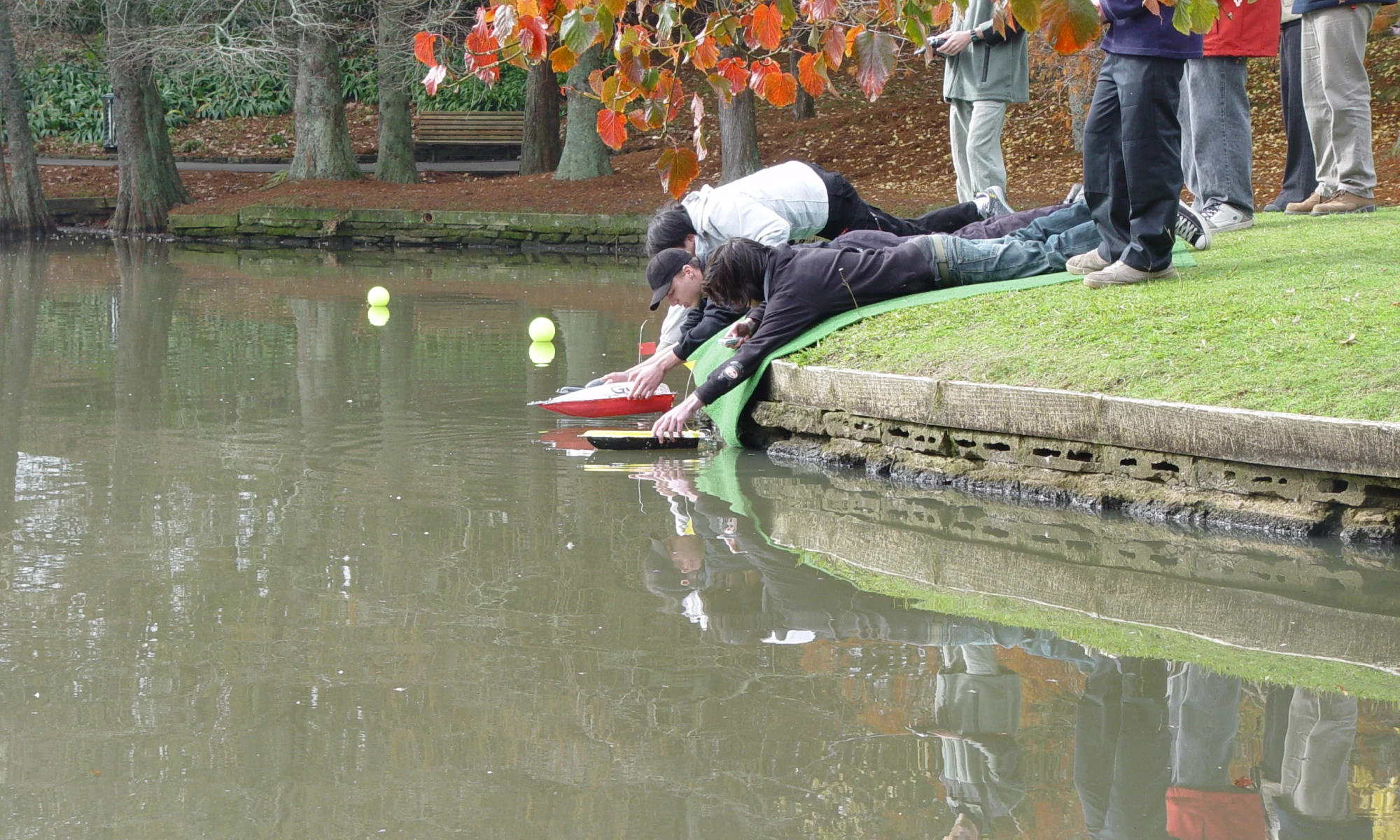Environmental Engineering

Why study Environmental Engineering?
Environmental engineers work to protect water, air, soil and built environments. They evaluate and assess options, design equipment and systems, and develop regulations and controls, seek to solve issues of water quality, water supply, waste reduction and disposal, soil and air quality management, and noise.
As the world’s demand for materials, food and energy grows, so does the need for environmental engineers. Environmental Engineering graduates with strong technical and communication skills are in demand, in New Zealand and around the world.
During your degree you will learn how to identify, monitor and solve important problems associated with the environment, resource allocation and use, and sustainability. Our programme is multi-disciplinary, combining the fundamentals of engineering, science, mathematics, and computing, with the study of water resources and quality, earth and ocean environments, environmental planning, modelling and sustainability, process energy and management.
An important part of the Environmental Engineering programme at the University of Waikato is supported work placements into relevant industries. This gives you the opportunity for paid work experience while exploring first-hand the field of Environmental Engineering you could choose for your career.
You'll work on major research design projects, creating products with commercial applications, which are then showcased at our annual Engineering Design Show. There is also a focus on developing well-honed communication skills that are such a vital part of the profession.
Career opportunities
- Environmental Engineer
- Water and Sanitary Engineer
- Public/Environmental Health Engineer
- Infrastructure Engineer
- Sustainability Engineer
- Restoration Engineer
- Resource/Waste Management Engineer
Hamilton, Tauranga
Study Environmental Engineering in these qualifications
Accreditation
The Environmental Engineering programme is fully accredited under the Washington Accord. The Washington Accord is an international agreement between organisations responsible for accrediting professional engineering degree programmes.
Practical environmental engineering experience
Work placements are a major feature of the Environmental Engineering programme and you will complete 800 hours of relevant work experience during your degree.
Our Work-Integrated Learning team actively seeks and oversees your work placement, ensuring a good fit for your area of study and career goals, and supporting you throughout your work experience.
By the time you graduate you will have the credibility of paid experience to take with you as you start your career.
Facilities
Students can work in specialised laboratories including the Large Scale Lab complex that features a suite of workshops and laboratories dedicated to engineering teaching and research, such as 3D printing, a mechanical workshop and computer labs with engineering design software.
Scholarships and prizes
Visit our Scholarship Finder for information about possible scholarships